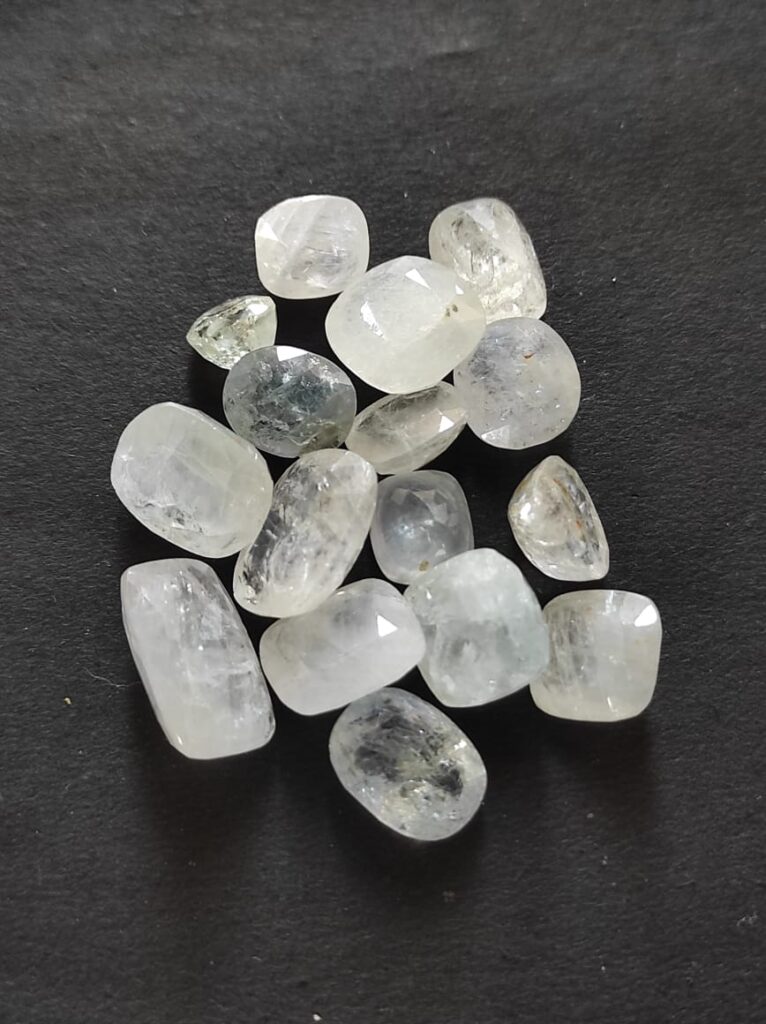ABS is an acrylic polymer consisting of acrylonitrile butadiene styrene (ABS), and it is amorphous in nature. ABS reacts to heat when heated.
At certain temperatures, thermoplastics such as ABS plastic become liquid (221 degrees Fahrenheit); this process is known as a “glass transition”. When heated to their melting point, cooled, and then reheated, they will not be significantly affected.
An ABS thermoplastic will liquefy, rather than burn, making injection molding and recycling easy.
Injection molding is usually the only way to get thermoset plastics hot. Heat sets thermoset materials (like a two-part epoxy), causing the chemical composition to permanently change. A second heat at high temperature would simply burn the thermoset plastic. This makes thermosets unrecyclable. Furthermore, ABS lacks the ordered properties of crystal structures, making it an amorphous material.
In case you are looking for ABS plastic material, your search may be finally over. Polymer Compounders LimitedPolymer Compounders offers their customers rapid colour matching, outstanding technical support and first-class product quality through flexibility on the quantity ordered and super-fast delivery from the production plant in Durham, UK.
The best online course in the industry will teach you how to become an inventor. Your product will become profitable if you invest in veteran guidance early on.
What is the origin of ABS?
For ABS, emulsions (mixtures of multiple compounds into one) are the most common form of polymerization. Known examples of emulsified products include milk.
In addition to continuous mass polymerization, which is less common, ABS is also made using a patented process. Emulsion polymerization is the most common way ABS is manufactured.
Due to its thermoplastic nature, ABS is recyclable. In this sense, ABS plastic is commonly formed from other ABS plastics (i.e. ABS plastic made from ABS). Plastic polypropylene is a recyclable plastic whose properties we discussed previously.
In what way does ABS serve its purpose?
ABS is not adversely affected by chemical or physical corrosive impacts. Since it is easy to machine and has a low melting temperature, it is ideal for injection molding manufacturing processes and 3D printing with FDM machines. ABS is inexpensive as well (currently costing around $1.50 per pound, similar to Polypropylene, Polycarbonate and Polyethylene). Despite its low melting point, ABS plastic is seldom used in high-temperature applications because of its low melting point. Due to its characteristics, ABS is used to make a variety of products across many industries.
Why is ABS necessary?
ABS is a versatile material that can be applied to a variety of applications. A few of the most widely known products are computer keyboard keys, power-tool housings, wall sockets (often made of PC and ABS), and LEGO toys.
Advances in 3D printing and prototyping: ABS: Manufacturers and the Importance of Material Models:
Fused Deposition Modeling is preferred by Creative Mechanisms over other 3D printing methods (such as SLA, SLS, SLM) because ABS parts are readily available. By using our FDM machine, we are certain that no material issues will delay the transition from prototype to production. A common reason for its popularity is that it provides a flexible middle ground between many different applications.
The material can be machined, sanded, glued, and painted easily. Therefore, it is a good material for prototyping, especially when it comes to CR packaging. The good thing about ABS is that it is easy to color. ABS also has good cosmetic properties. The use of enclosures or housing with textured surfaces is very common.
What are the health risks associated with ABS?
ABS does not contain any known carcinogens, so ABS exposure does not cause any adverse health effects. Because of this, ABS implants are not generally recommended. To learn more, visit 3D printing medical prototypes.
What does ABS do?
Oftentimes, material such as ABS is used in things such as cameras, protective housings, and packaging because of its structural strength. ABS is a good choice if you’re looking for a hard, stiff plastic that is inexpensive and can stand up to external impacts.






